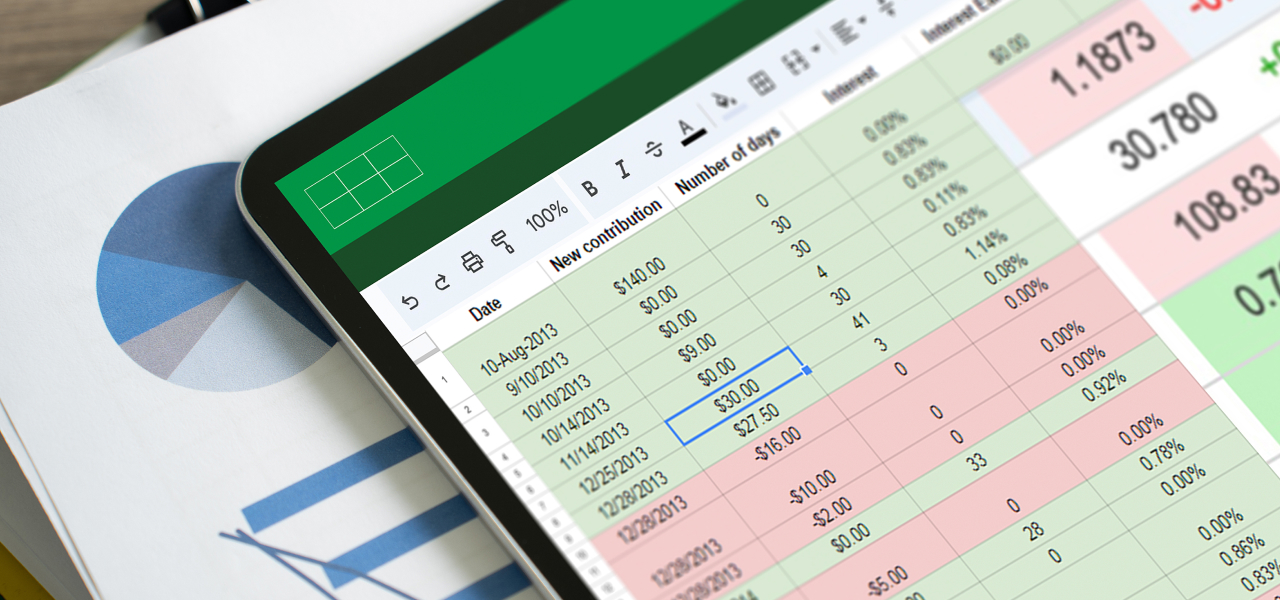When the CFO of a mid-sized family office in North America began investigating new accounting software for the firm, he found that it was difficult to distinguish between offerings. Every vendor seemed to have a similar message. “We streamline your operations.” “We integrate portfolio and partnership accounting.” “Our reporting platform is easy to use.”
It was true that all software providers handled accounting and reporting. And while there were differences in the instruments supported and the look and feel of the interfaces, they were not enough to tip the scale.
“The biggest challenge for our family office is trying to connect the dots between different functions of our business (investments, partnership accounting, bill paying, etc.) and across all entities, systems and data sources. We just want to bring everything together automatically into one easily accessible ‘private investment bank’ solution for our family office.”
The data aggregation challenge
Deloitte describes data aggregation as the ability to access, analyze, manipulate, consolidate, and report on data from multiple sources. Aggregating data, and more importantly unifying it to optimize business processes, is not an easy task.
Most established companies are saddled with a financial ecosystem built on silos of legacy technology, custom software and third-party offerings that don’t talk to each other and don’t allow for the flow of information. It is not uncommon for asset management firms to have several different systems to manage processes in each of its business areas: one system for handling investments and marketable securities; another focused on partnership accounting; another for alternative investments; and perhaps software like QuickBooks for paying bills.
But that’s only top level. Each of these siloed systems requires up-to-date information from a constellation of market data providers, custodians and other data sources to feed a reporting engine. Once information is gathered, there is still the challenge of accounting for numerous entity or master-feeder structures, which add another layer of complexity. And the number of different entities can be significant. A study by Family Wealth Report found that nearly 65% of single family offices use 26 or more legal entities to hold clients’ assets.
When information cannot easily be shared between systems, manual processes become the default. In fact, family offices spend up to 40% of working hours on manual tasks, according to the Family Wealth Report study. That is a significant drain on time and resources.
Apps and APIs pave the way
To deliver the full scope of functionality that today’s firms need, accounting and reporting software must be have seamless connectivity to best-of-breed offerings for a completely unified solution. Apps and APIs are the clear way forward.
Applications (“apps”) are software programs that can quickly be downloaded and installed on a system or run on the cloud as a service. For example, Microsoft 365 (which includes Excel), Salesforce, DocuSign and Atlassian, represent some of the most popular apps used across the financial ecosystem, according to a report by Okta, an identity management firm. Apps fill gaps in functionality by offering the fastest, easiest and least expensive way for firms to add new products or services.
Application programming interfaces (APIs), on the other hand, make data aggregation possible. They provide seamless connectivity to access the functionality of best-of-breed solutions. Tableau APIs, for example, enable users to pull raw data into Tableau for building powerful visualizations and analysis. APIs can also be used to automate repetitive tasks.
Use of apps and APIs continues to grow. Small companies use approximately 73 different apps, according to the Okta report. The larger the firm – or the more complex and global its activities – the more likely it is that information must be sourced and amalgamated from an even greater number of systems.
The benefits of bringing it all together
Accounting and reporting systems that can unify data sources and systems increase operational efficiency, reduce errors, minimize risk and improve the timeliness of information for reporting. They also deliver the added benefits of greater investment insight and better client service.
Once the family office CFO began digging deeper into the accounting and reporting systems being considered, he discovered stark differences. All solutions were not the same. The ability to seamlessly connect to brokers, custodians, market data sources, accounting data, reporting, order management systems and other third-party systems was not a given. Some solutions would require manual entry and workarounds to deliver the information the family office needed.
In the end, FundCount’s ability to streamline data flow was the differentiating factor the CFO was seeking. With investment and partnership accounting, general ledger, and reporting functionality unified on a single platform and its connectivity to numerous apps, FundCount stood out – it was the only solution that could seamlessly share data among the firm’s systems, entities and data sources.
Contact us to learn how FundCount’s solution can unify your business processes for greater operational efficiency.







